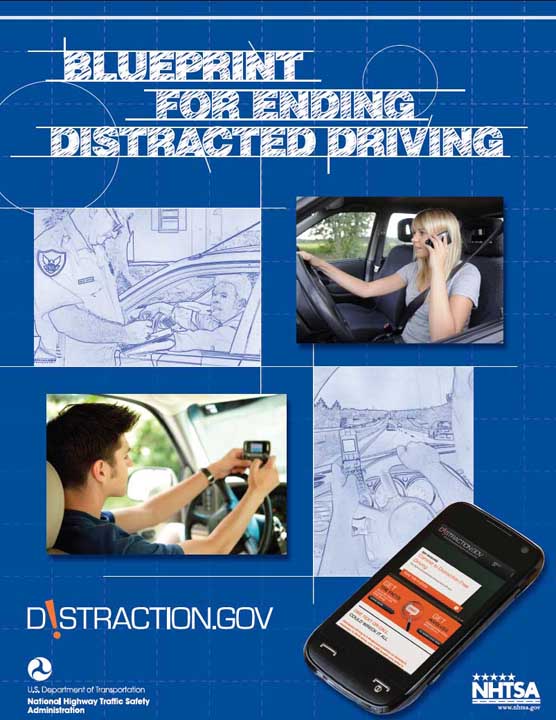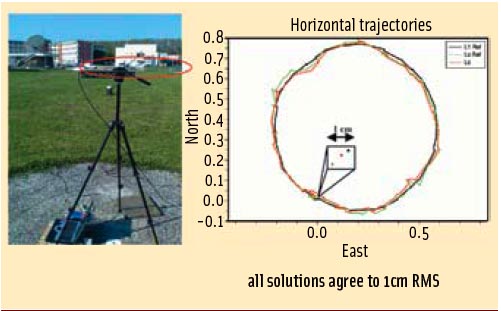ESNC 2014 GNSS Innovation Competition Launches at ENC 2014

The European Satellite Navigation Competition (ESNC) 2014 will officially kick off on April 15 at the European Navigation Conference (ENC) in Rotterdam, The Netherlands, but the 11th round of the annual event opens Tuesday (April 1).
Launched by Anwendungszentrum GmbH Oberpfaffenhofen in 2004 with three partner regions, the ESNC has grown into a network of GNSS innovation and expertise with more than 20 regions taking part worldwide. Since 2004, the ESNC has received almost 2,400 submissions from 4,263 teams and named 204 award winners.
By Inside GNSS












